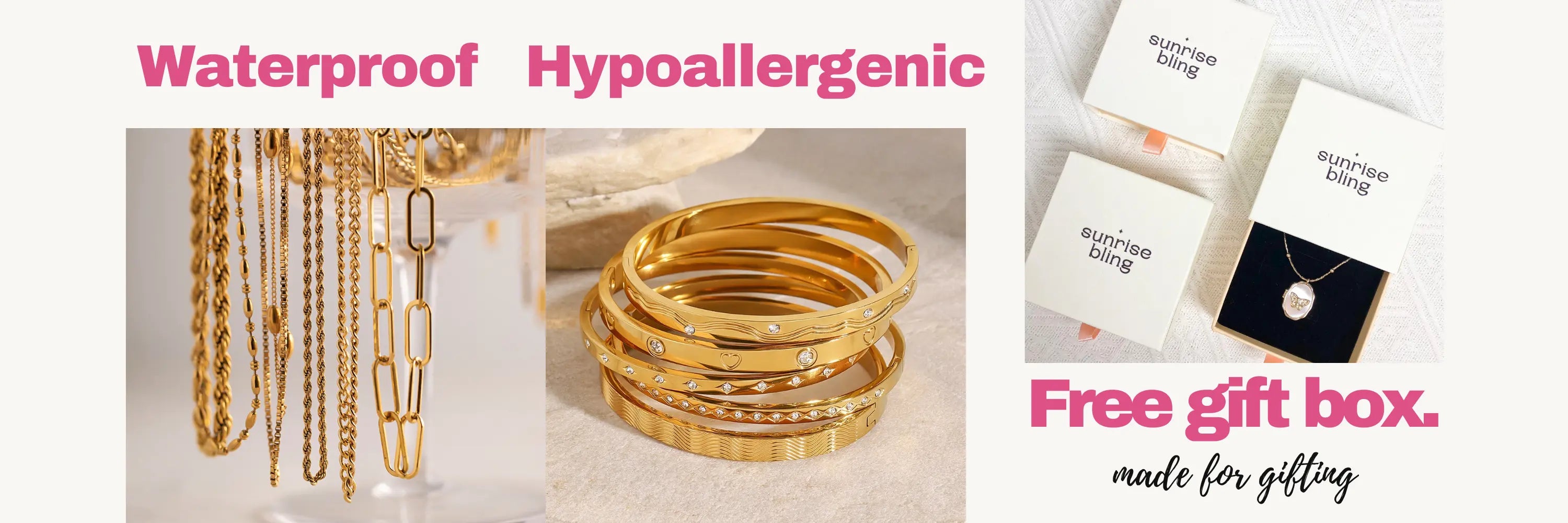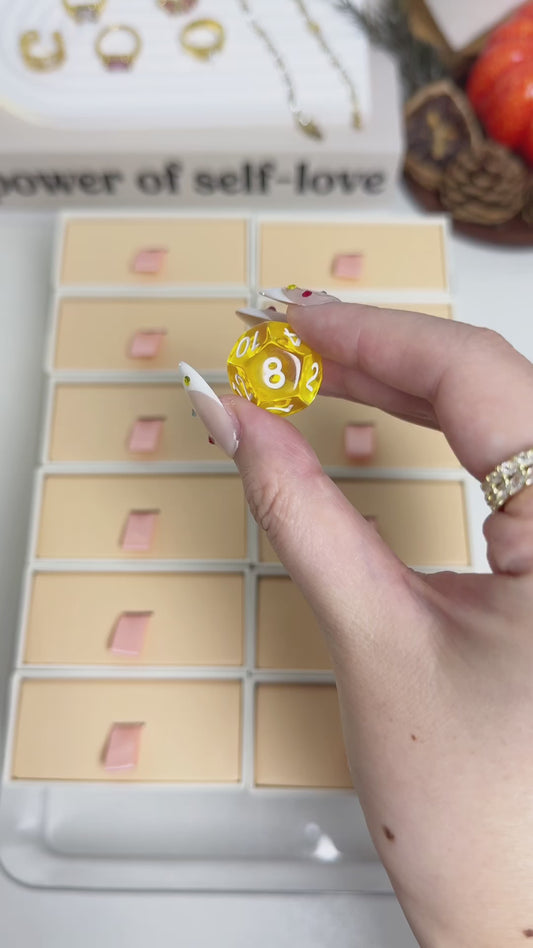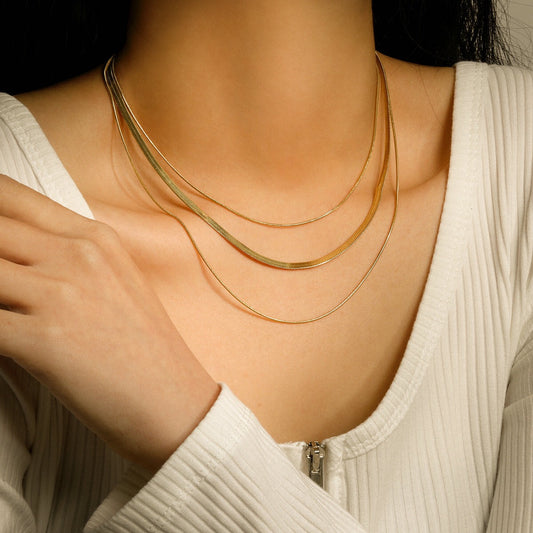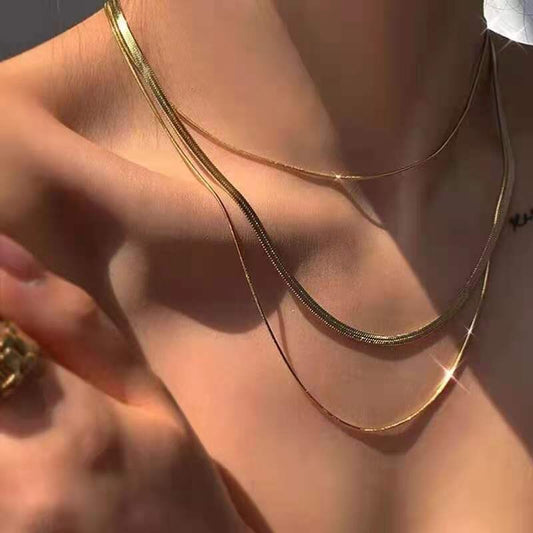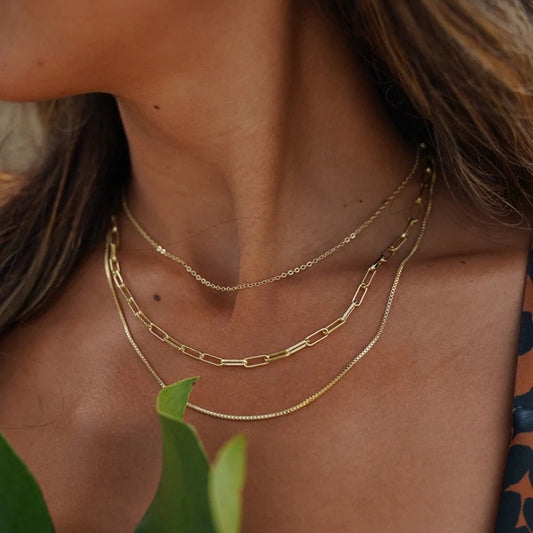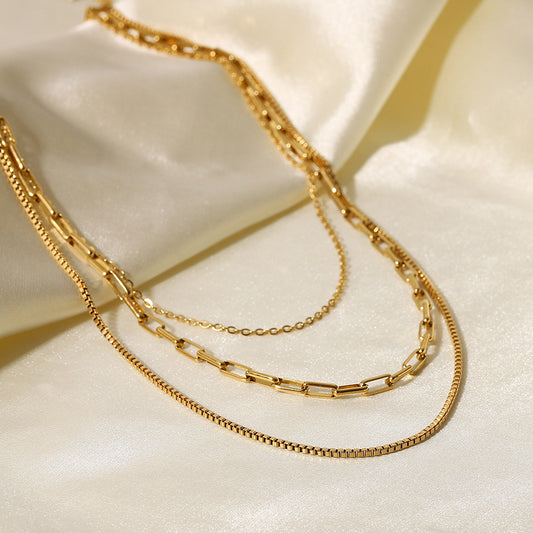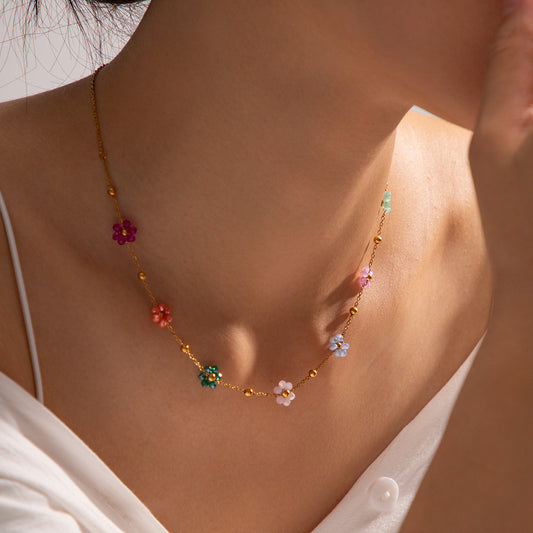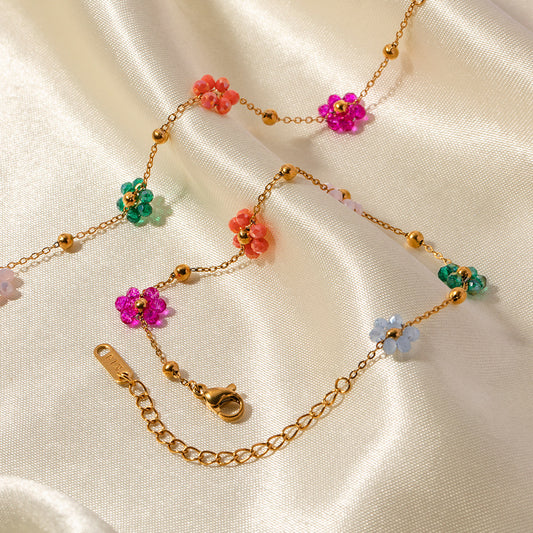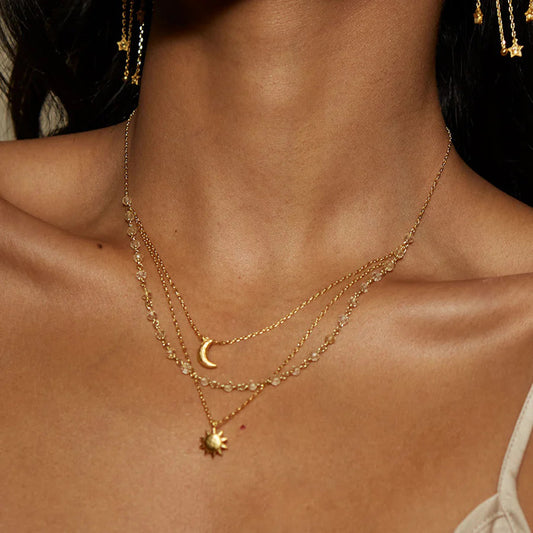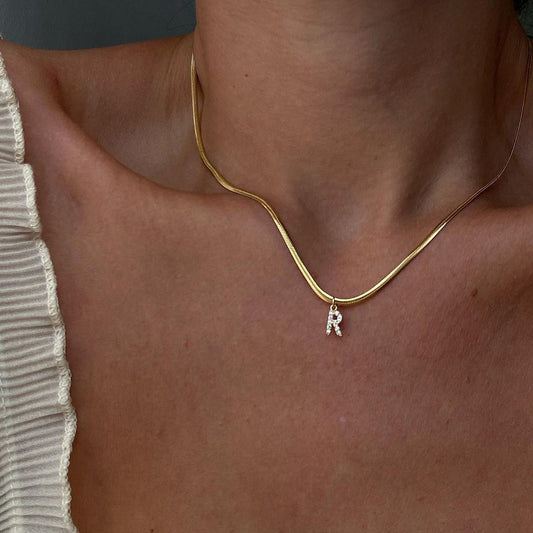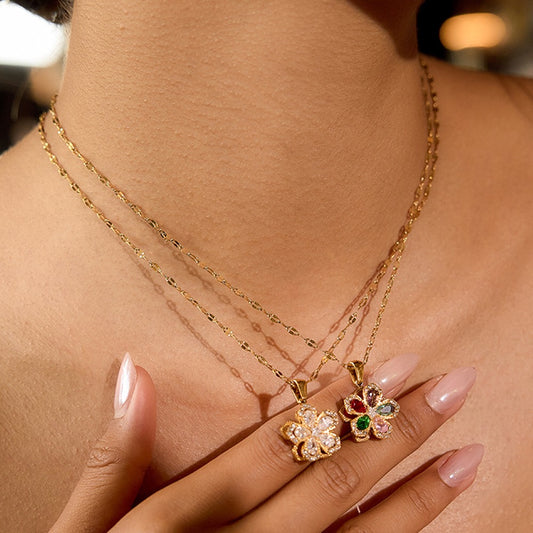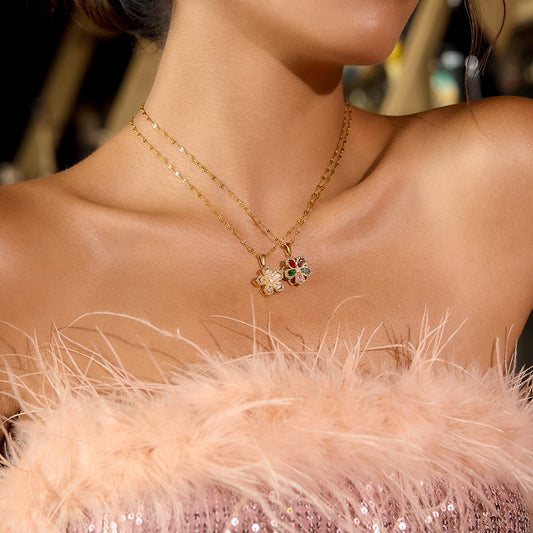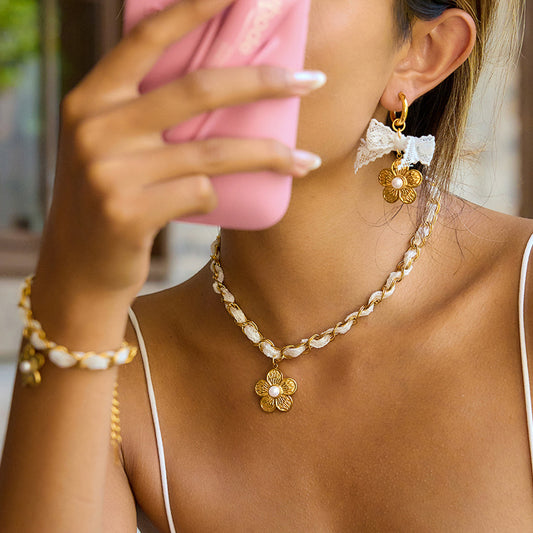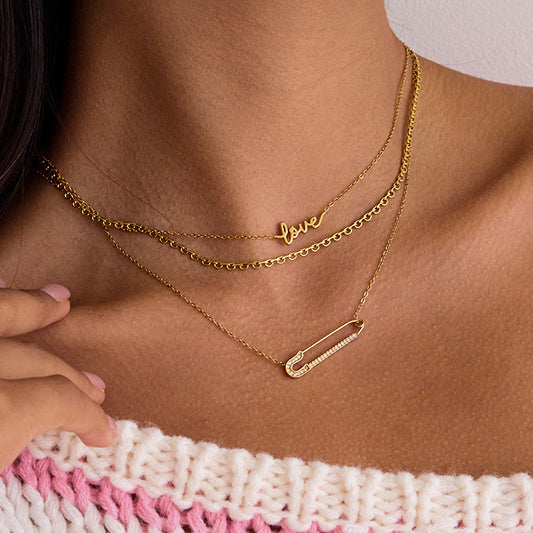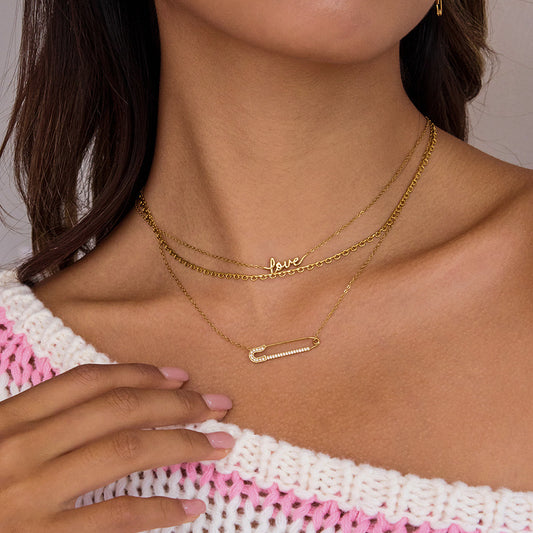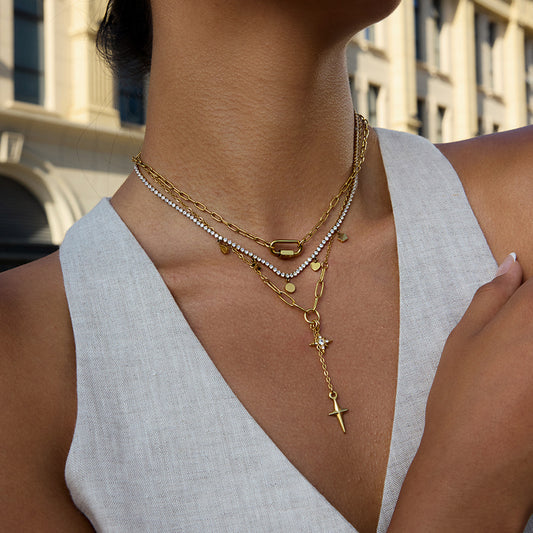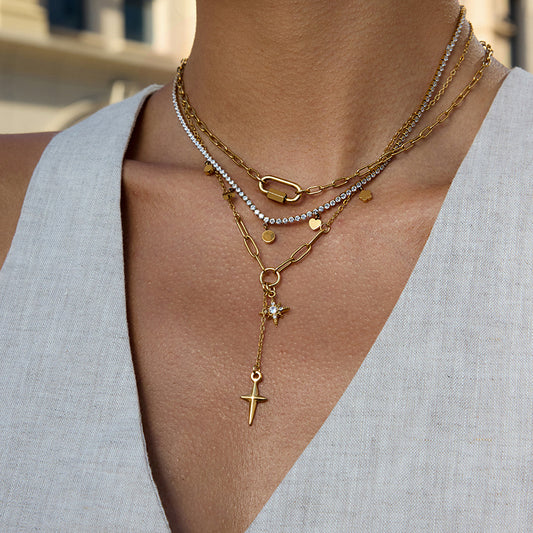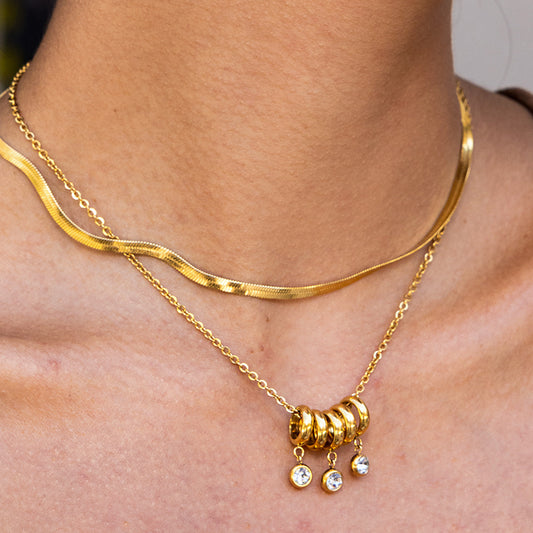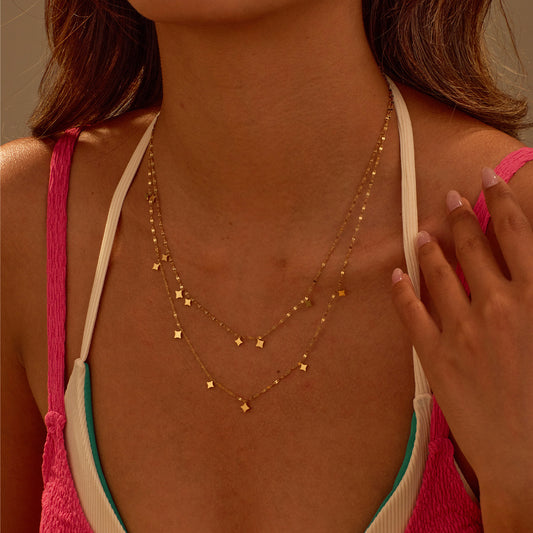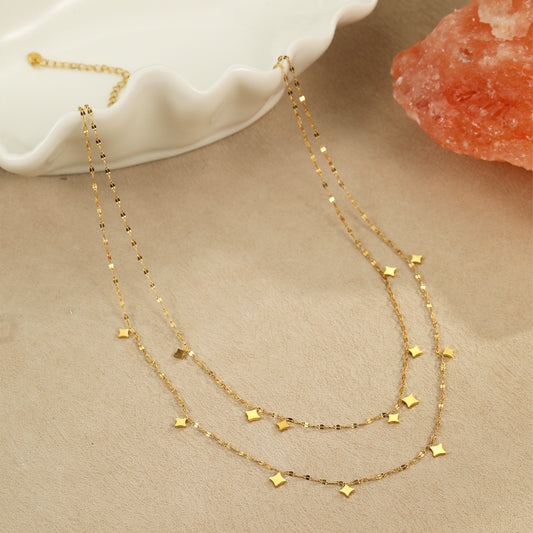Tarnish free gold jewelry has become a game-changer in the world of accessories, offering the coveted brilliance of fine metals without the constant upkeep. In a global jewelry market valued at an estimated USD 356.36 Billion in 2023, consumers are increasingly seeking pieces that combine aesthetic appeal with ultimate convenience and durability. This category directly addresses the common frustration of jewelry losing its luster and changing color over time. By utilizing advanced materials and specialized techniques, tarnish free jewelry ensures your favorite pieces remain dazzling, allowing you to shine confidently and effortlessly, every single day.
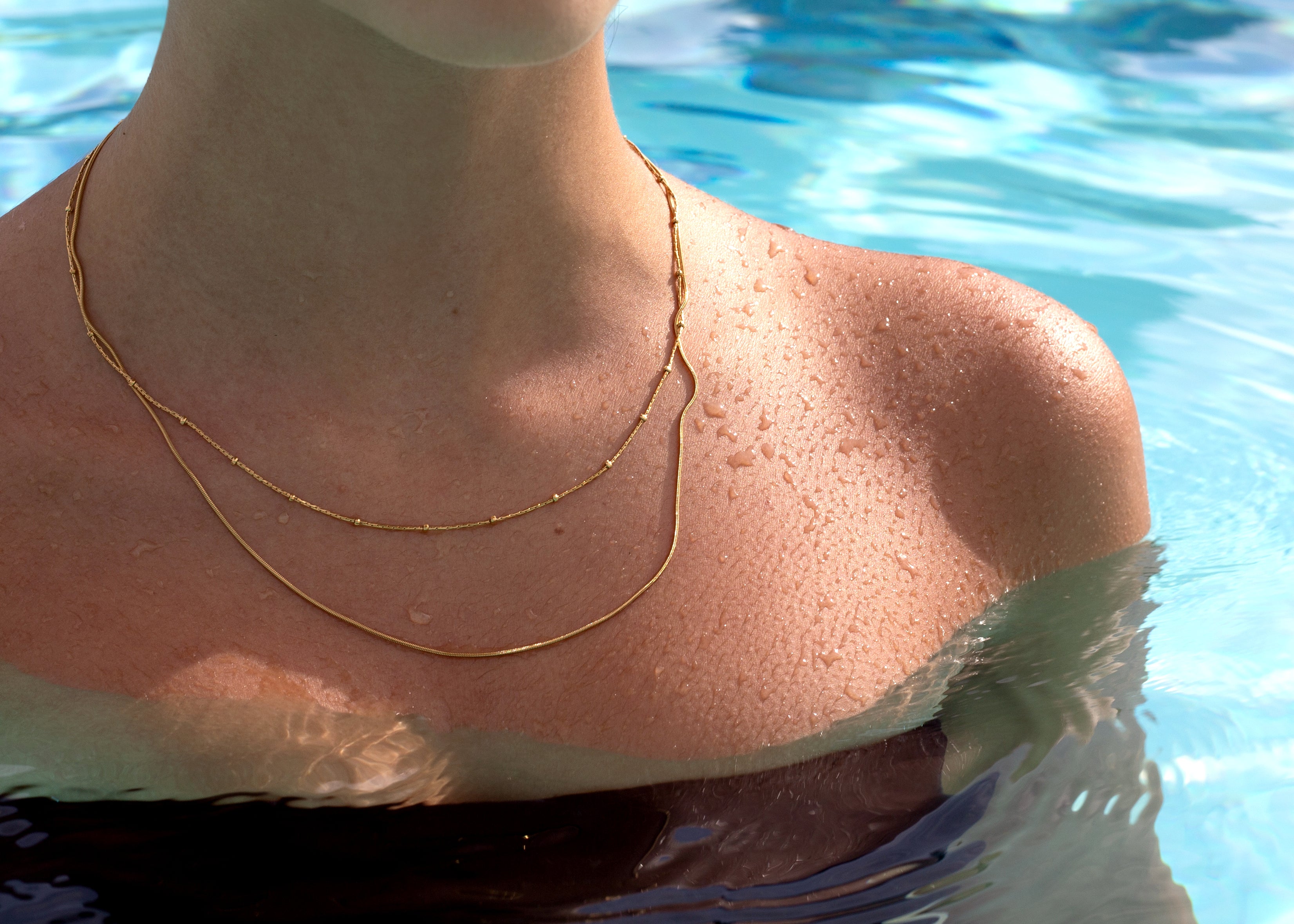
What is Tarnish Free Gold Jewelry?
Designed to Resist Oxidation
Tarnish free gold jewelry is crafted from materials that inherently resist oxidation, the chemical reaction (often with air or moisture) that causes metals to darken, dull, or discolor.
Utilizes Specific Alloys or Coatings
It employs either metals that do not tarnish (like pure gold or platinum) or alloys and plating technologies designed to create a protective, non-reactive surface.
Offers Lasting Luster
The core promise is that these pieces will maintain their original shine and color for a significantly longer period than traditional jewelry, minimizing the need for frequent cleaning.

Popular materials for Tarnish Free Jewelry
Stainless Steel
-
Key Features: Highly durable, corrosion-resistant, hypoallergenic, and very affordable. Often coated with PVD (Physical Vapor Deposition) gold or silver for a lasting finish.
Titanium
-
Key Features: Extremely strong, lightweight, hypoallergenic, and naturally resistant to tarnish and corrosion. Often used for rings and watches.
Solid Gold (10K, 14K, 18K, 24K)
-
Key Features: Pure gold (24K) is naturally tarnish-free. Lower karats (10K, 14K, 18K) are alloys, but the high gold content still provides excellent tarnish resistance, especially 14K and 18K.
Platinum
-
Key Features: A naturally white and very durable precious metal that is inherently tarnish-free and hypoallergenic. It's also very dense and resistant to wear.
Rhodium-Plated Sterling Silver
-
Key Features: Sterling silver itself tarnishes, but a layer of rhodium plating (a platinum-family metal) creates a brilliant, tarnish-resistant surface. This plating can wear off over time, requiring re-plating.
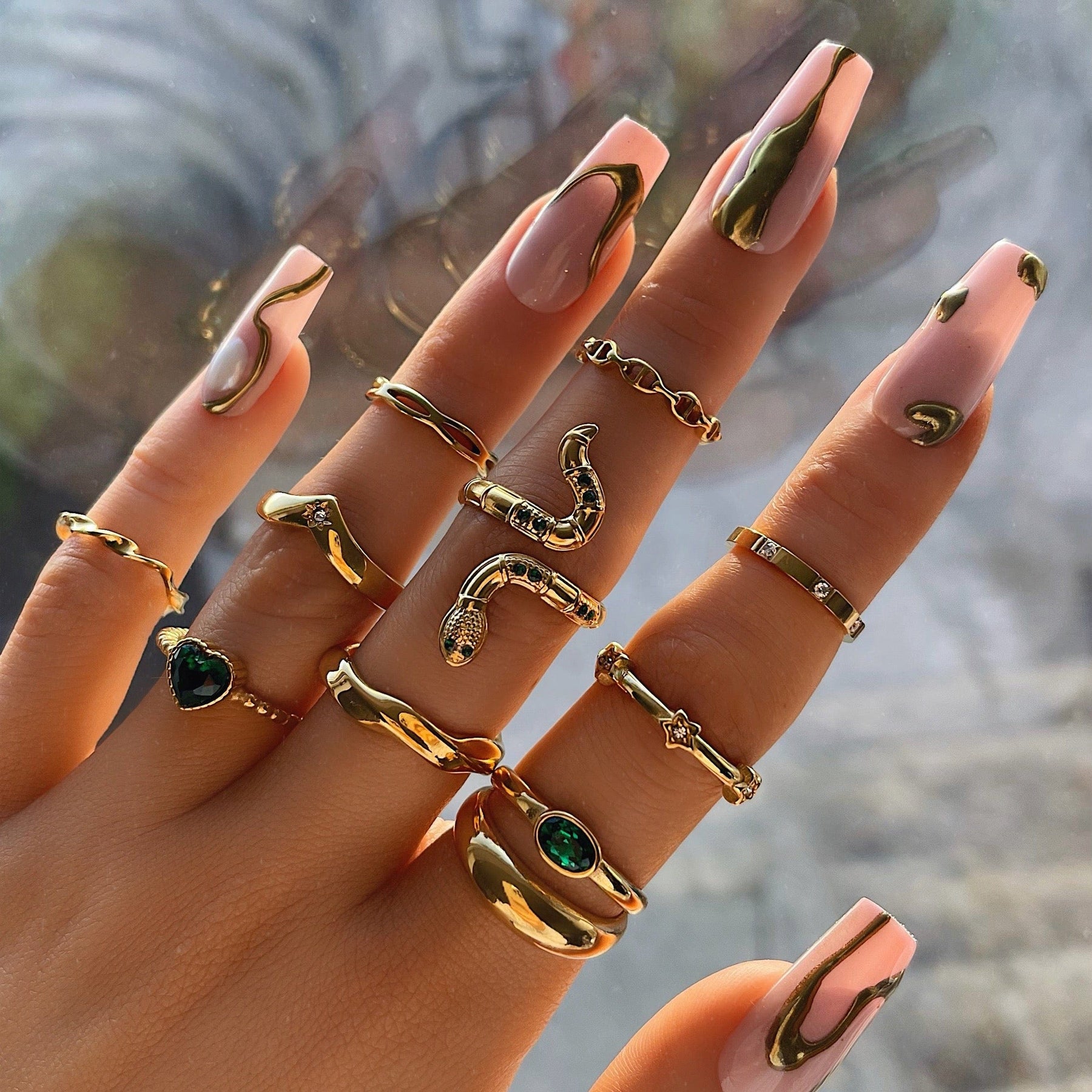
Niobium
-
Key Features: A hypoallergenic and highly corrosion-resistant metal that can be anodized to produce a wide range of permanent, vibrant colors without dyes or plating.
Why is Tarnish Free Gold Jewelry so popular
Low Maintenance
The biggest draw is the significantly reduced need for polishing and cleaning, saving time and effort.
Consistent Brilliance
It ensures your jewelry always looks its best, maintaining its shine without dulling or discoloring.

Durability and Longevity
These materials are often more robust and resistant to daily wear and tear, making the jewelry last longer.
Worry-Free Wear
You can wear tarnish free jewelry during everyday activities, including hand washing, showering, or even exercising, without concern for damage.
Hypoallergenic Properties
Many tarnish-free materials like stainless steel, titanium, and platinum are naturally hypoallergenic, ideal for sensitive skin.
Popular styles of Tarnish Free Gold Jewelry
Everyday Essentials
Perfect for basic pieces like stud earrings, minimalist rings, and simple chain necklaces that are worn constantly.
Waterproof Designs
Often combined with waterproof features, making them ideal for active lifestyles, showering, or swimming.

Layering Chains
Durable and long-lasting chains in various styles (e.g., snake, Figaro, rolo) that retain their shine when layered.
Statement Hoops & Earrings
Larger earrings that won't dull quickly, providing a consistent bold or elegant look.
Rings for Continuous Wear
Wedding bands, fashion rings, and stackable rings designed to withstand constant contact with skin and water.
How to wear Tarnish Free Gold Jewelry
Wear It Constantly
The beauty of tarnish free jewelry is its ability to be worn without removal during most daily activities, including showering, hand washing, and even light workouts.
Perfect for Layering
Since you don't have to worry about cleaning individual pieces often, tarnish-free necklaces and bracelets are ideal for creating effortless, long-lasting layered looks.
Travel Smart
Pack tarnish free jewelry for trips; it requires no special care and will look great even after prolonged exposure to humidity or different climates.
Elevate Everyday Outfits
These pieces seamlessly integrate into your daily wardrobe, providing consistent sparkle and polish without the fuss.
Tarnish Free Gold Jewelry: perfect gift for loved ones
Practicality Meets Thoughtfulness
It's a gift that says you care about their style and their convenience, offering beauty without the burden of constant upkeep.
A Long-Lasting Gesture
Since it resists tarnish and wear, the jewelry will maintain its appearance for years, serving as a lasting reminder of your affection.
Ideal for Busy Lifestyles
Perfect for someone who loves jewelry but has little time for cleaning, or for those who prefer to wear their pieces continuously.
Hypoallergenic Choice
Many tarnish-free options are also hypoallergenic, making them a safe and considerate choice for sensitive skin.
how to clean Tarnish Free Gold Jewelry
While "tarnish-free" means minimal discoloration, all jewelry benefits from occasional gentle cleaning to remove dirt, oils, and residues that can dull its shine.
Mild Soap and Warm Water
-
Method: Mix a few drops of mild dish soap with warm water. Soak the jewelry for a few minutes.
-
Gentle Scrub: Use a soft-bristled brush (like a soft toothbrush) to gently scrub away any grime.
-
Rinse Thoroughly: Rinse under cool, running water to remove all soap residue.
-
Dry Completely: Pat dry immediately and completely with a soft, lint-free cloth to prevent water spots.
Avoid Harsh Chemicals
Even tarnish-free materials can be affected by prolonged exposure to very strong chemicals like bleach or abrasive cleaners.
does nickel free jewelry tarnish
No, "nickel free" jewelry does not automatically mean "tarnish free" jewelry. "Nickel free" primarily refers to the absence of nickel, an allergen often used in metal alloys. Its absence makes the jewelry safer for people with nickel sensitivities. However, the presence of other metals (like copper or silver, which are common in many alloys) in the "nickel free" blend can still lead to tarnishing. The tarnish resistance depends on the specific composition of the other metals in the alloy, not just the absence of nickel.
does free people jewelry tarnish
Yes, most Free People jewelry is likely to tarnish. Free People jewelry, like many fashion jewelry brands, often uses plated base metals (e.g., brass or zinc alloy with gold or silver plating). While stylish and affordable, these materials are generally not designed to be tarnish-free. The thin plating can wear off over time, especially with exposure to moisture, sweat, perfumes, and lotions, leading to the underlying base metal oxidizing and tarnishing. Unless a specific Free People piece is stated to be solid gold, stainless steel, or rhodium-plated sterling silver, it's best to assume it will tarnish and require careful handling.
does lead and nickel free jewelry tarnish
No, "lead and nickel free" jewelry does not inherently mean it's tarnish-free. Like "nickel free," the "lead and nickel free" label focuses on safety by excluding common allergens and toxic elements. It does not guarantee tarnish resistance. The propensity for tarnishing depends on the other metals present in the alloy. For instance, sterling silver is lead and nickel free but tarnishes naturally. Base metals like brass or copper, even if lead and nickel free, will still oxidize and tarnish over time when exposed to air and moisture.
how to make jewelry tarnish free
While you can't make inherently tarnishing metals completely tarnish-free, you can significantly reduce or prevent tarnishing through several methods:
Choose Inherently Tarnish-Resistant Materials
-
Solid Gold (14K and up), Platinum, Titanium, Stainless Steel: These metals are naturally very resistant to tarnish.
-
Rhodium-Plated Sterling Silver: The rhodium coating protects the silver from tarnishing (though the plating may wear off over time).
Apply Protective Coatings
-
E-coating (Electro-coating): A clear, protective resin coating applied to jewelry that creates a barrier against tarnish.
-
Lacquer or Sealants: Clear coats can be applied to fashion jewelry to slow down tarnishing.
Proper Storage
-
Airtight Bags: Store jewelry in small, sealed plastic bags (like Ziploc bags) to limit exposure to air and humidity.
-
Anti-Tarnish Strips/Cloths: Place anti-tarnish strips or use anti-tarnish jewelry boxes/pouches that absorb airborne pollutants.
-
Cool, Dry Place: Store jewelry away from bathrooms or humid areas.
Regular Cleaning and Care
-
Wipe After Each Wear: Use a soft, lint-free cloth to gently wipe off oils, sweat, and residues after each wear.
-
Avoid Chemicals: Keep jewelry away from perfumes, lotions, hairsprays, and harsh cleaning chemicals.
-
Remove Before Activities: Take off jewelry before swimming (especially in chlorinated pools), showering, or exercising unless it's explicitly waterproof.
Frequently asked questions about Tarnish Free Jewelry
What is the best metal for tarnish free jewelry?
Stainless steel, titanium, solid gold (especially 14K and 18K), and platinum are considered the best metals for truly tarnish free jewelry due to their inherent resistance to oxidation.
Is tarnish free jewelry more expensive?
Often, yes. Materials like solid gold, platinum, and titanium are more expensive than base metals. However, options like stainless steel offer excellent tarnish resistance at a very affordable price point, providing great value.
Can tarnish free jewelry cause skin irritation?
Generally, tarnish free jewelry made from materials like stainless steel, titanium, solid gold, and platinum are considered hypoallergenic and are less likely to cause skin irritation compared to metals like nickel or copper.
How long does tarnish free jewelry last?
The lifespan varies by material. Solid gold and platinum can last a lifetime. Stainless steel and titanium jewelry can last for many years, often decades, with proper care. Rhodium-plated sterling silver's tarnish resistance lasts as long as the plating (which can be re-plated).
Tarnish Free Gold Jewelry: Your Key to Effortless, Lasting Sparkle!
Tarnish free jewelry has revolutionized how we wear and care for our favorite pieces, offering a liberating blend of convenience, durability, and consistent brilliance. By choosing materials engineered to resist discoloration, you can enjoy the luxurious look of gold, silver, or platinum without the fuss of constant cleaning. This category is perfect for those who seek enduring style that seamlessly fits into an active, modern lifestyle. Explore our exquisite collection of tarnish free jewelry today and discover the effortless sparkle that lasts!


